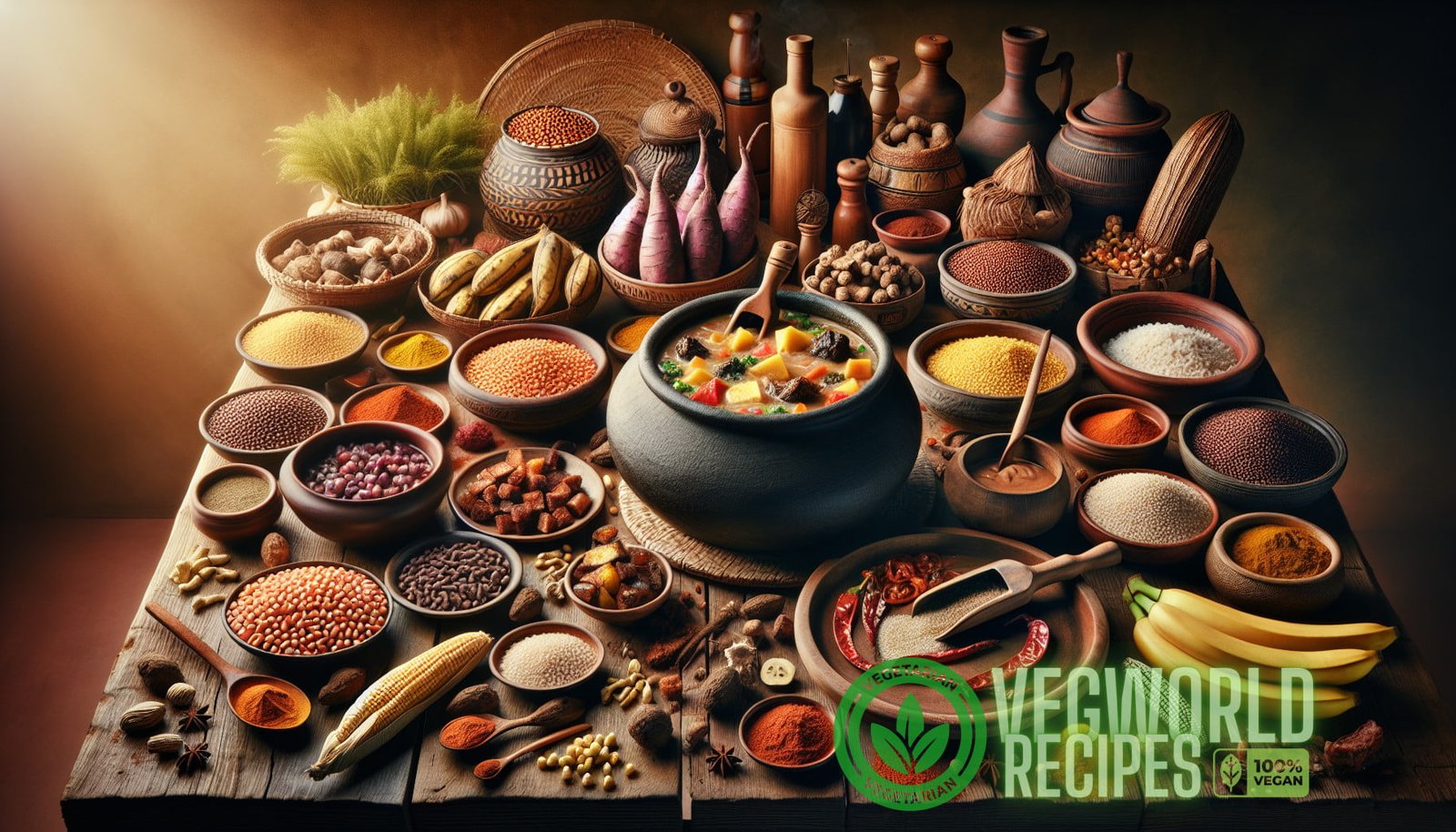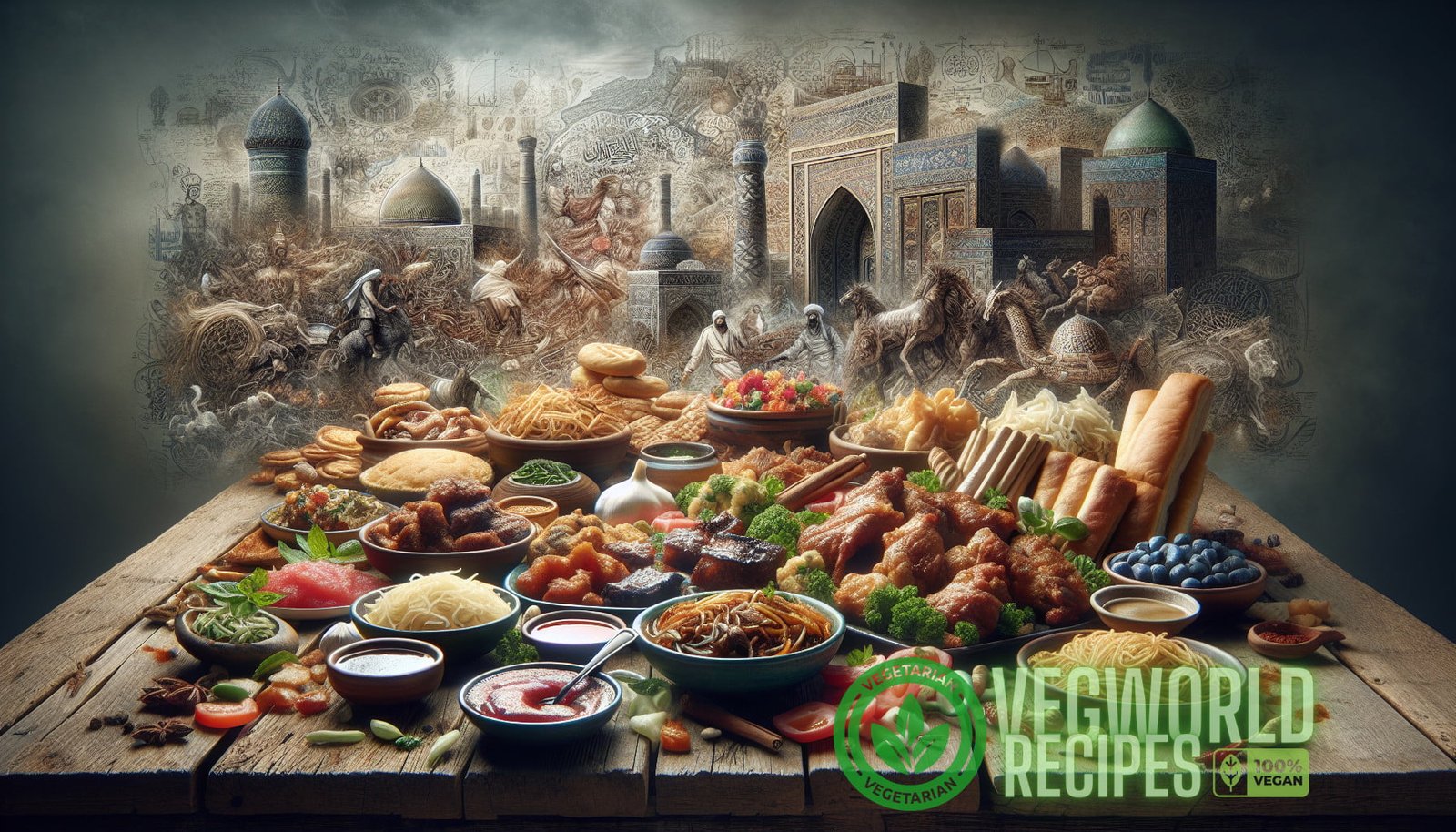Unraveling the Unexplored Culinary Treasures: Unveiling the Ancient Origins and Health Benefits of Forgotten World Cuisines
Food is not merely a basic necessity for survival but also a representation of diverse cultures, histories, and traditions around the world. While many cuisines have gained global recognition and are now enjoyed by people worldwide, there are numerous forgotten world cuisines that have been overshadowed by popular dishes and ingredients.
In this guide, we will take you on a culinary journey to explore the forgotten delicacies from different corners of the world and unravel their ancient origins and health benefits. From exotic flavors to unique cooking techniques, these cuisines have much to offer for adventurous food enthusiasts. Let’s dive deep into the realm of forgotten world cuisines and rediscover the culinary treasures that have been waiting to be unveiled.
1. Latin American Cuisine: Aztec and Mayan Influences
Latin American cuisine is a rich tapestry of flavors, with its foundations deeply rooted in the indigenous cultures of the region. The Aztecs and Mayans, who inhabited Central and South America centuries ago, left a lasting impact on the culinary traditions of the region.
Key characteristics of Latin American cuisine:
- Use of corn, beans, chili peppers, and tomatoes as staple ingredients
- Incorporation of ancient cooking techniques, such as nixtamalization, which is the process of soaking corn in an alkaline solution
- Emphasis on fresh ingredients and vibrant flavors
Traditional dishes like tamales, mole, and ceviche showcase the essence of ancient Latin American cuisines. These dishes have been passed down through generations and continue to be enjoyed today, even though their origins might be forgotten or unknown to many.
For a deeper exploration of Latin American cuisine, check out the article “Global Delights: Exploring the Exquisite Flavors of Latin American Cuisine“, where you will find authentic recipes and a comprehensive overview of the culinary traditions of the region.
2. African Cuisine: A Fusion of Indigenous and Colonial Influences
Africa is a vast continent with diverse culinary traditions, heavily influenced by the indigenous cultures and the colonial powers that once occupied different regions. From the flavorful stews of West Africa to the spice-infused dishes of North Africa, African cuisine offers a plethora of forgotten delicacies waiting to be rediscovered.

Key characteristics of African cuisine:
- Use of local ingredients like yams, plantains, millet, and sorghum
- Incorporation of indigenous cooking techniques, such as slow cooking in clay pots
- Spices and flavors that vary from region to region, influenced by Arab, Indian, and European traders
Dishes like jollof rice, injera, and biltong represent the diverse flavors and culinary traditions found across the African continent. These dishes not only showcase the unique ingredients and techniques but also reflect the rich history and cultural diversity of Africa.
For a deeper exploration of African cuisine, check out the article “Exploring the Authentic Flavors of African Cuisine: A Culinary Journey Across the Continent“, where you will find in-depth insights into the various regional cuisines and traditional recipes that define African cooking.
3. Indian Cuisine: Ancient Wisdom and Ayurvedic Principles
Indian cuisine is renowned for its vibrant flavors, diverse cooking techniques, and intricate spice blends. However, beyond the globally celebrated dishes like curry and naan, there are several lesser-known culinary treasures that have been forgotten over time.
Key characteristics of Indian cuisine:
- Extensive use of spices and herbs, each with its unique health benefits and flavor profiles
- Regional variations in cooking techniques, ingredients, and flavors
- Influence of Ayurvedic principles, which emphasize the balance of flavors, textures, and nutrition in each meal
Traditional dishes like kitchari, dhokla, and rasam exemplify the ancient origins and health benefits of Indian cuisine. These often-overlooked dishes hold the key to understanding the deep-rooted culinary traditions of India.
If you want to discover more authentic Indian vegetarian recipes and explore the flavors of India, head over to the article “Discover Authentic Indian Vegetarian Recipes from Across the Subcontinent“. It is a comprehensive guide that provides insights into the regional cuisines of India and offers a range of traditional recipes to try at home.
4. Middle Eastern Cuisine: Ancient Trade Routes and Culinary Traditions

Middle Eastern cuisine is a fusion of flavors from the Arab, Persian, and Ottoman empires, shaped by ancient trade routes and cultural exchanges. From robust meat dishes to delicate pastries, Middle Eastern cuisine has a diverse range of culinary delights waiting to be rediscovered.
Key characteristics of Middle Eastern cuisine:
- Use of ingredients like lamb, chickpeas, rice, and aromatic spices
- Emphasis on slow cooking and stewing techniques to maximize flavor infusion
- Incorporation of ingredients like pomegranates, dates, and pistachios, which have been cultivated in the region for centuries
Dishes like shawarma, falafel, and baklava exemplify the rich flavors and ancient origins of Middle Eastern cuisine. Every bite tells a story of cultural exchange and culinary mastery.
5. East Asian Cuisine: Yin and Yang Balance
East Asian cuisine, encompassing the diverse culinary traditions of China, Japan, and Korea, is deeply rooted in the principles of balance and harmony. From delicate flavors to intricate presentation, East Asian cuisine has evolved over thousands of years, offering a treasure trove of forgotten delicacies.
Key characteristics of East Asian cuisine:
- Use of fresh ingredients and minimal seasoning to emphasize the natural flavors
- Emphasis on the balance of flavors and textures in every meal, following the principles of Yin and Yang
- Celebration of seasonal produce and traditional cooking techniques like stir-frying, steaming, and pickling
Dishes like sushi, bibimbap, and dim sum represent the exquisite flavors and culinary heritage of East Asia. These dishes not only please the palate but also nourish the body and mind.
Now that we have taken a whirlwind tour of forgotten world cuisines, it’s time to explore these culinary treasures in the comfort of your own kitchen. Bring the flavors of these ancient cuisines to life and savor the forgotten delicacies that have shaped our culinary heritage.
As you embark on your culinary journey, remember to pay homage to the rich history and cultural diversity that these dishes represent. By doing so, you not only honor the ancient origins of these forgotten world cuisines but also preserve their culinary traditions for generations to come.



